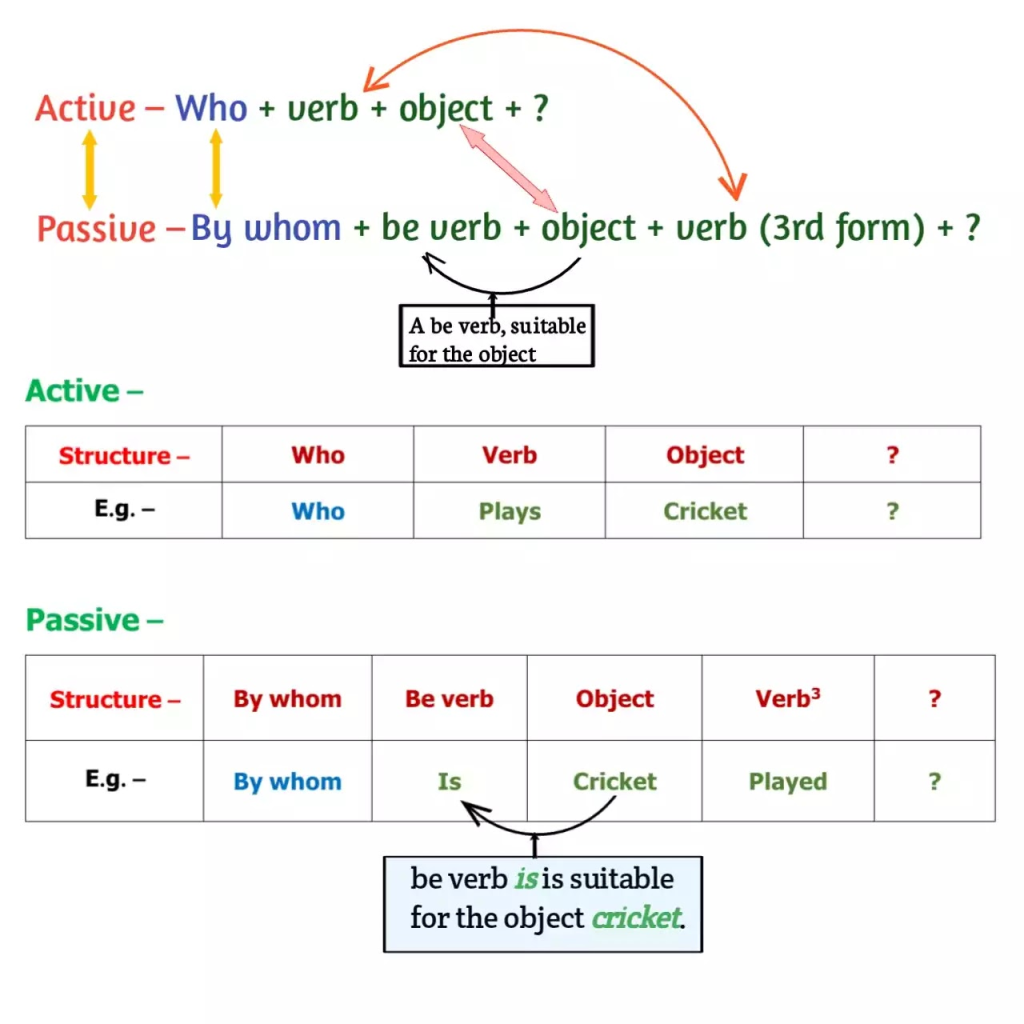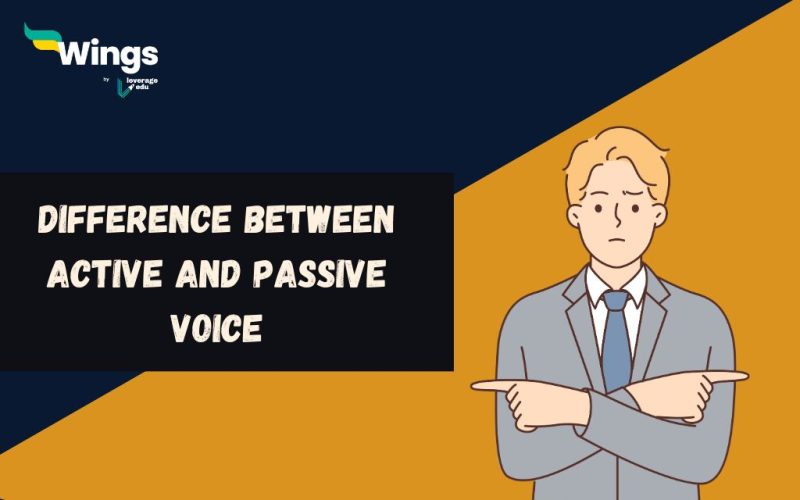We all can speak English but do you know the difference between active and passive voice? It is very crucial for one to have the basics of English cleared. These basics include tenses, subject-verb agreement, and active and passive voice which is an integral part when learning English. Confused about what is active and passive voice? Well, we have got you covered. In this blog, we will talk about both these terms and how they are used in a sentence. Read on.
This Blog Includes:
What is Active and Passive Voice?
The term ‘voice’ is used to denote the form of the verb which shows if the subject in the sentence is the doer or receiver of the action. Two types of voices are used in the English language, they are:
- Active Voice
- Passive Voice

Let us understand the difference between active and passive voice, how they are used etc.
Active Voice
The active voice is when the subject performs an action or acts upon the verb. As per the Oxford Learner’s Dictionary, the active voice is defined as “the form of a verb where the subject is a person or a thing that will perform the action.”
Examples:
- The hunter killed the deer.
- Someone has cleaned the car.
Passive Voice
On the other hand, the passive voice represents that the subject is one acted upon by the action or verb in the sentence. It also indicates that the subject in the sentence is no longer active but passive.
As per the Oxford Learner’s Dictionary, passive voice is defined as the form of a verb which is used when the subject is affected by the action of the verb.
Examples:
- The deer was killed by the hunter.
- The car has been cleaned.

Also Read: How to Learn Spoken English?
Active Voice vs Passive Voice Differences
Here is a difference between active and passive voice which will help you learn about both these terms in a much better way. Take a look at the table below to understand the difference between the two:
| Active Voice | Passive Voice |
| It denotes that the subject performs an action. | It denotes that the subject is acted upon by the verb or action in the sentence. |
| The active voice does not require any linking verb to make sense. | Whereas, passive voice uses a linking verb which is followed by the past participle of the main verb. |
| It focuses on the doer of the action. | It comes in handy when the doer of the action is undetermined. |
| Active Voice has a clear, strong tone | Has an indirect, weak tone. |
| Examples: – I decorated the room. Rahul gave Priya a gift. | Examples: – The room was decorated by me. Priya was given a gift by Rahul. |

Also Read: Tenses Rules: Charts, Examples, Types [PDF Available]
How to Turn Active Voice into Passive Voice
Here are some tips that you should keep in mind:
- Identify the tense of the sentence.
- Identify different tenses in the sentences.
- Identify future tenses.
- Move the object to the beginning of the sentence.
- Add an auxiliary verb “be” before the main verb.
- Add the preposition “by” before the subject.

A Few Examples To Learn the Differences Of Active and Passive Voice
Here is the table that consists the examples of active and passive voice.
| Active Voice | Passive Voice |
|---|---|
| The chef prepared a delicious meal. | A delicious meal was prepared by the chef. |
| The students are solving the math problems. | The math problems are being solved by the students. |
| The company will launch a new product. | A new product will be launched by the company. |
| She teaches English to the students. | English is taught to the students by her. |
| The gardener is planting beautiful flowers. | Beautiful flowers are being planted by the gardener. |
| They painted the entire room yesterday. | The entire room was painted by them yesterday. |
| Someone stole my bicycle last night. | My bicycle was stolen last night. |
| The committee has selected the winner. | The winner has been selected by the committee. |
| The technician is fixing the computer. | The computer is being fixed by the technician. |
| We are organizing a charity event next month. | A charity event is being organized by us next month. |
FAQs
Using active voice in your content offers clarity to the reader while avoiding unnecessary repetition which happens with passive voice.
The subject of an active verb acts, while the subject of a passive verb does no action.
An active verb in a sentence is when the subject of the verb is also the doer of the verb.
To advance your grammar knowledge and read more informative blogs, check out our Learn English page and don’t forget to follow Leverage Edu.
 One app for all your study abroad needs
One app for all your study abroad needs















 60,000+ students trusted us with their dreams. Take the first step today!
60,000+ students trusted us with their dreams. Take the first step today!

